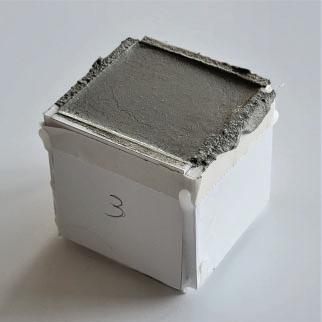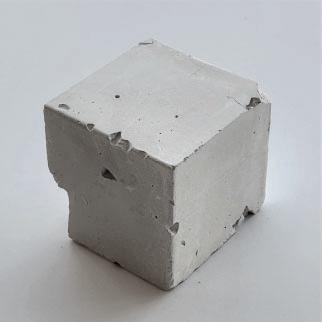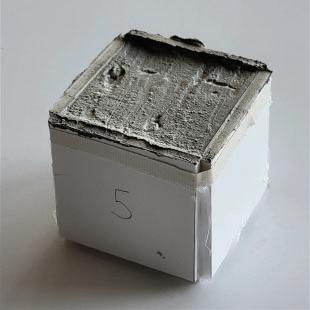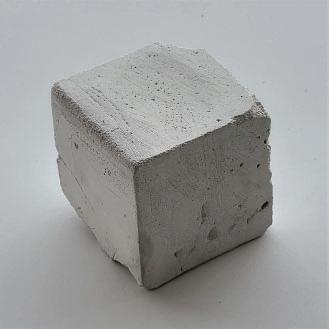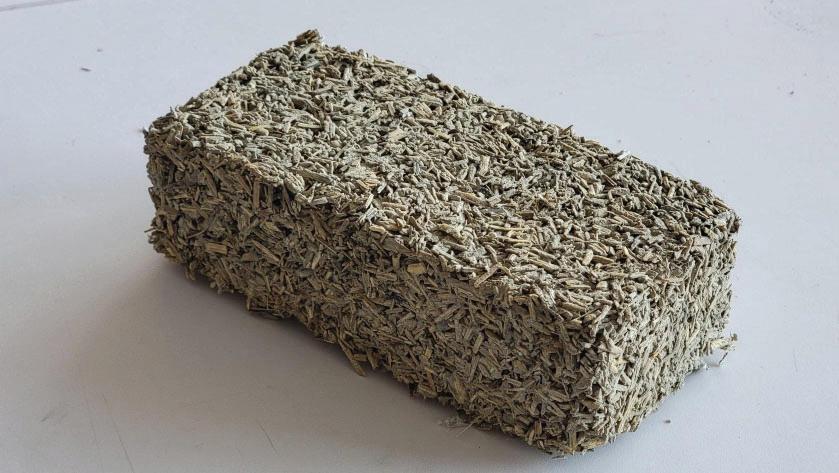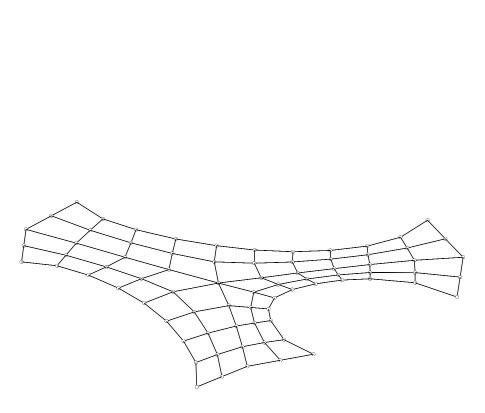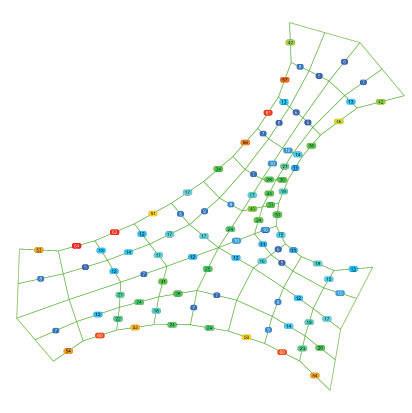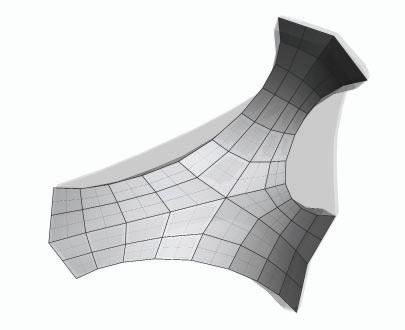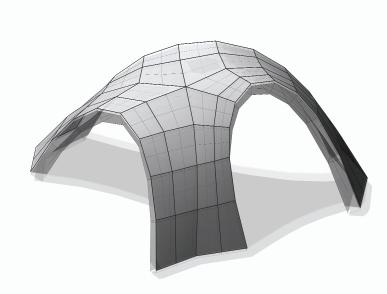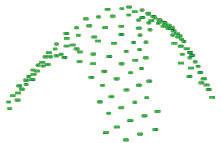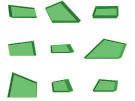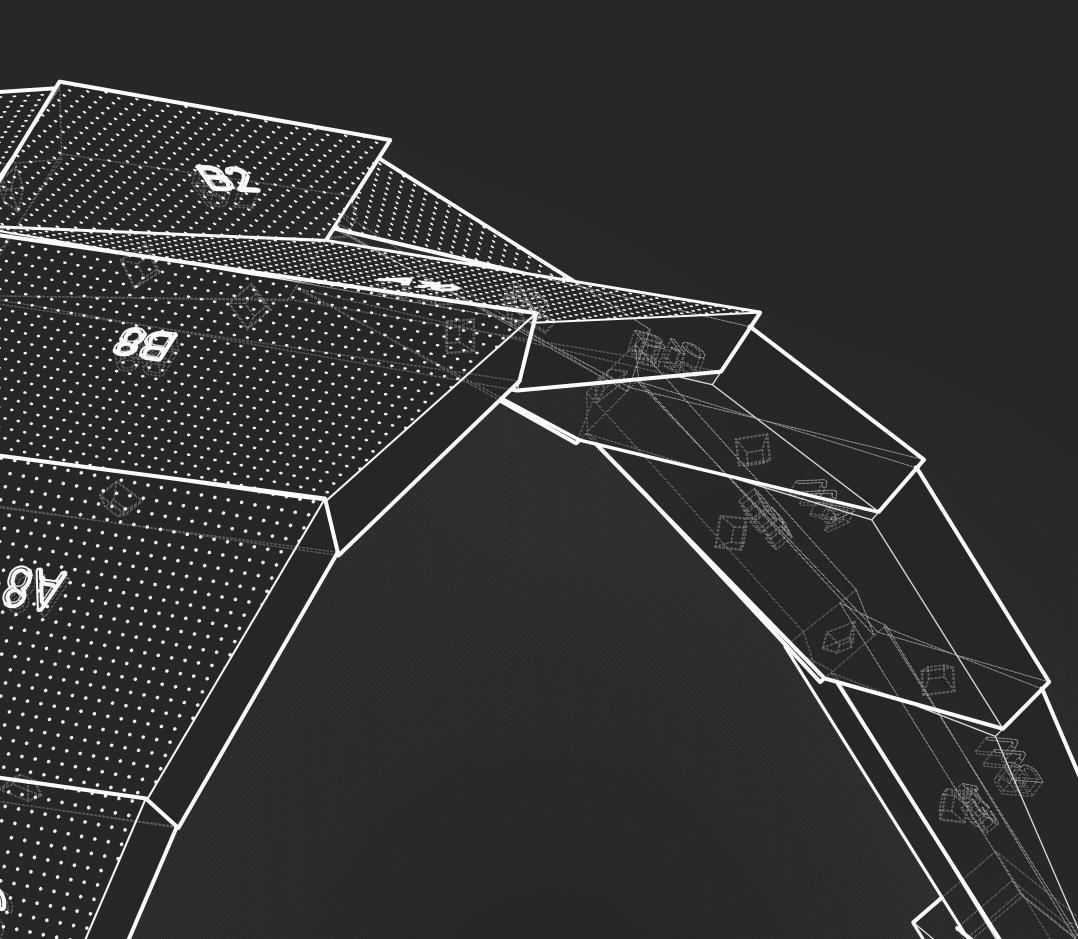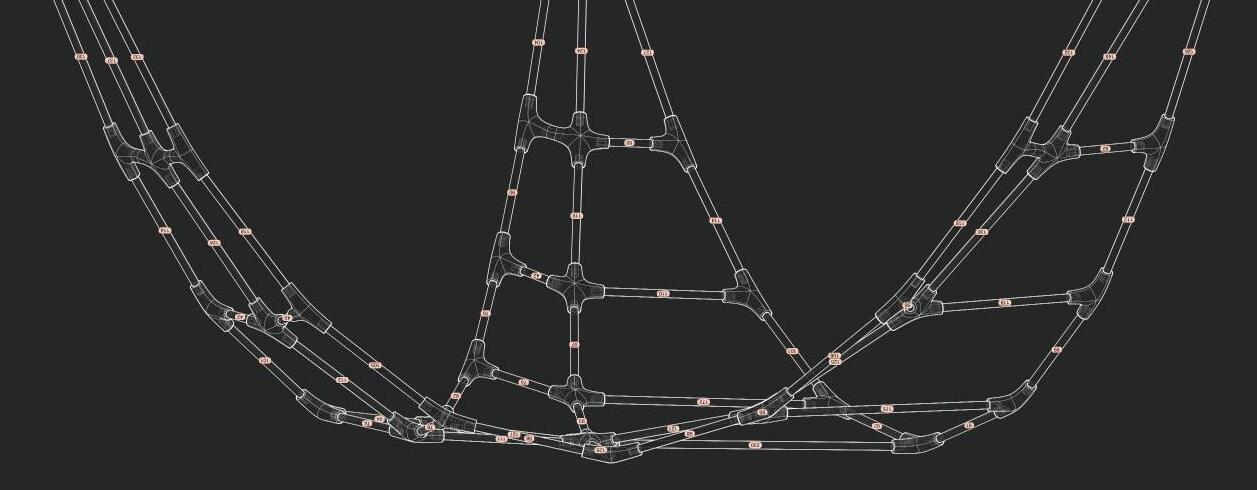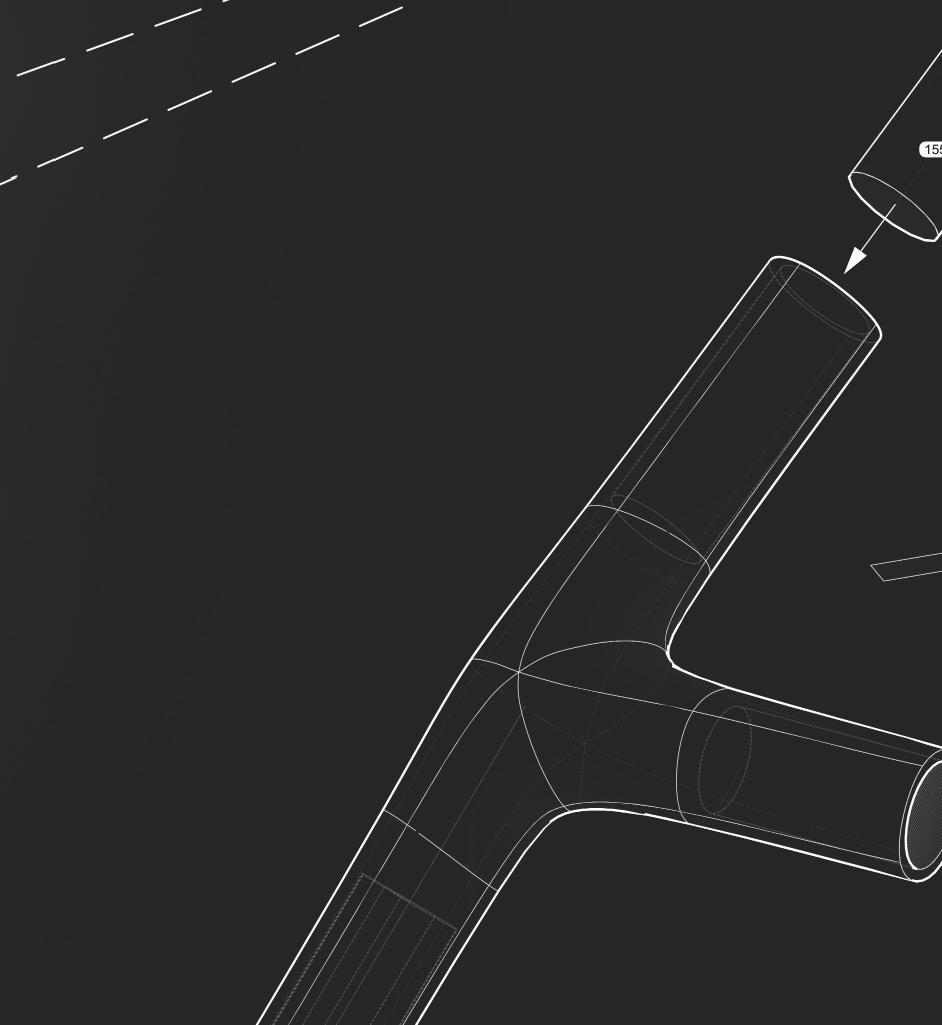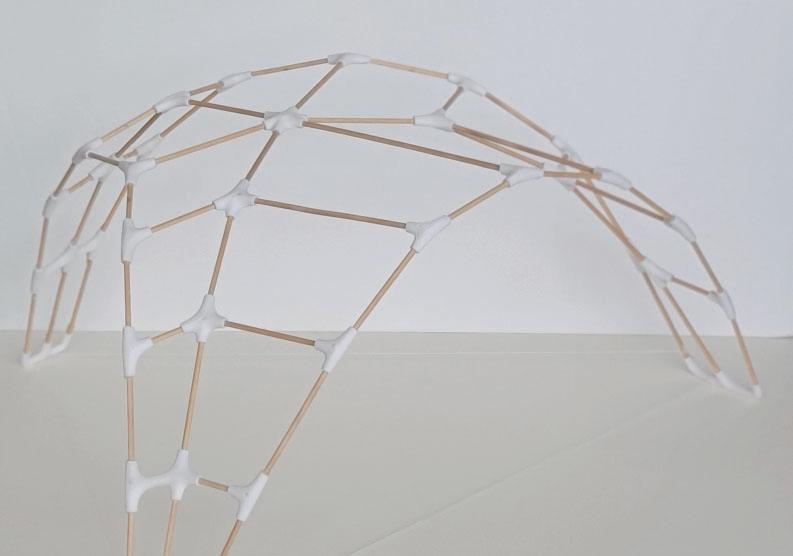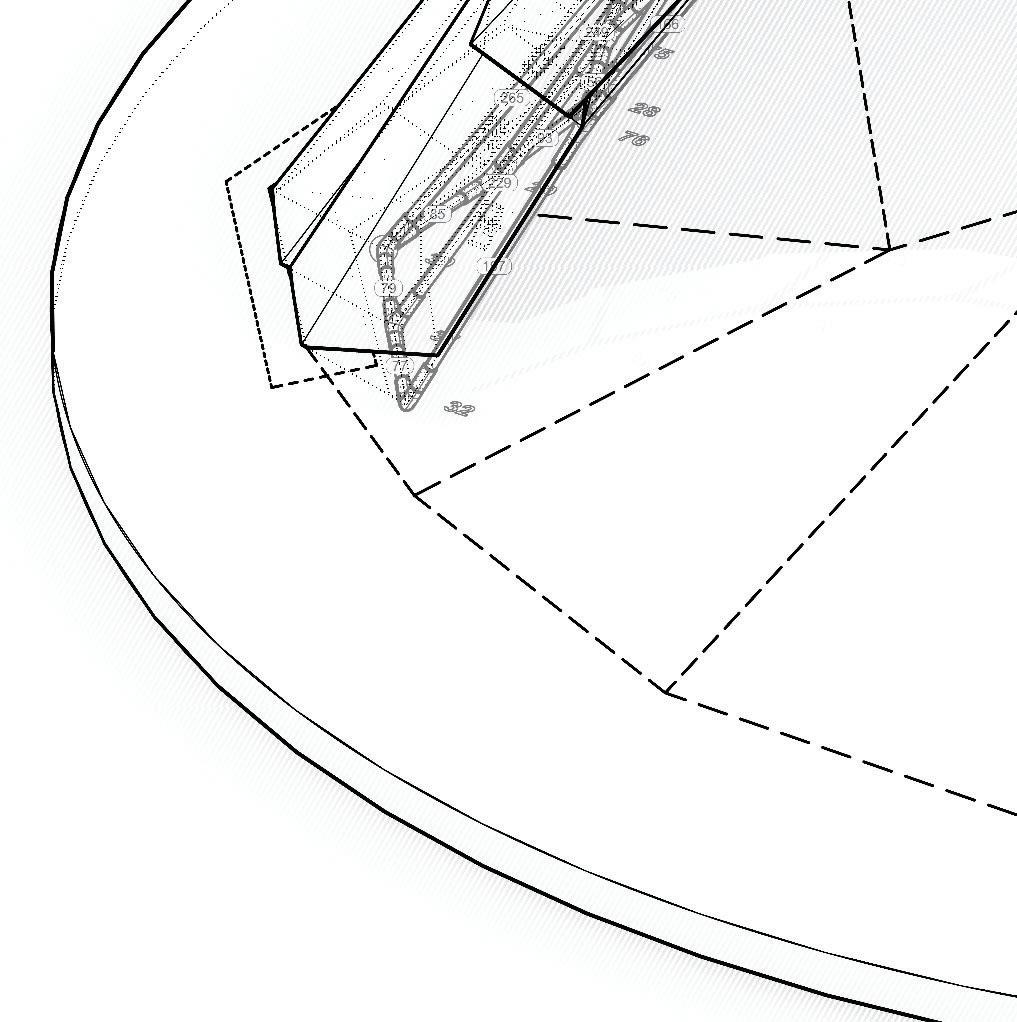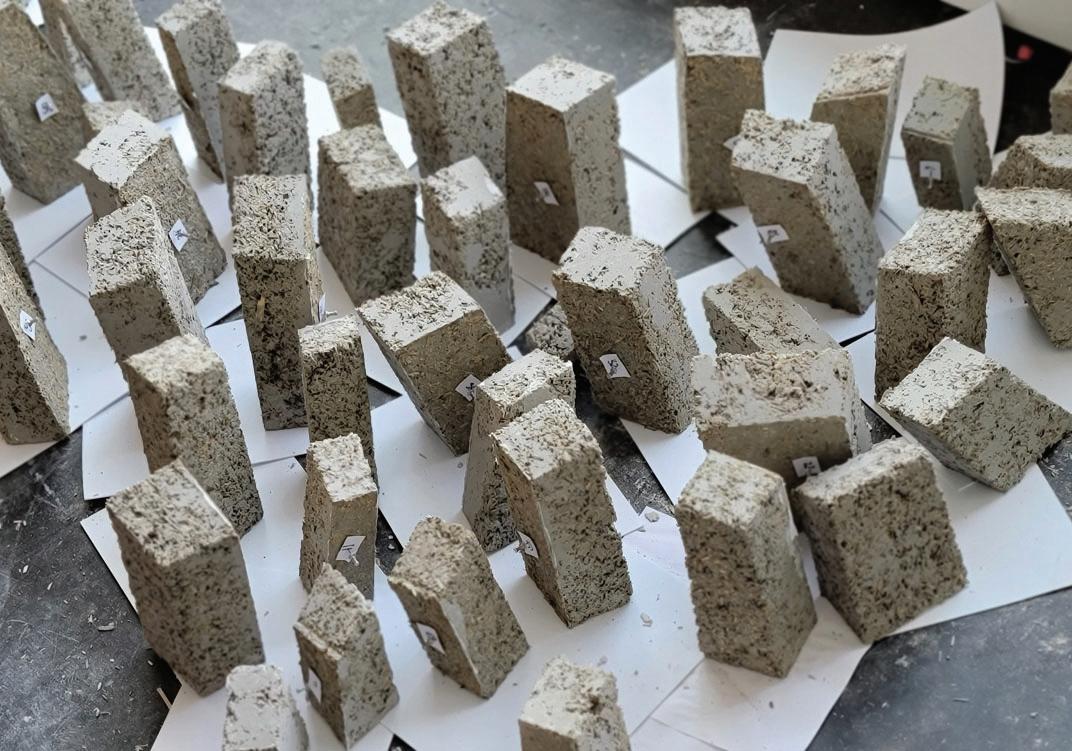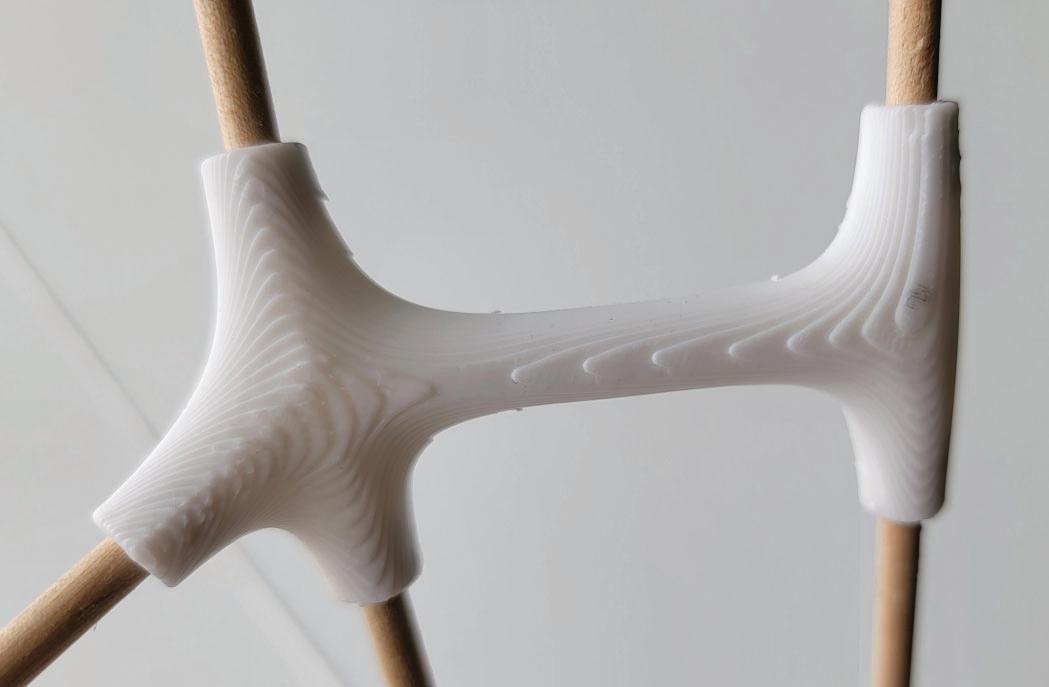HEMPLIME + FREE-FORM HYBRIDS
Sustainable Design Through Material and Computational Innovation
Ethan WahlAs architects become more environmentally conscious, they are exploring alternative eco-friendly materials. This thesis integrates hemplime, a sustainable and carbon-negative material, with progressive computational design and fabrication techniques to create a research pavilion that showcases its potential capabilities. This research expands the knowledge on sustainable and carbonnegative materials by emphasizing hemplime’s benefits and promoting its adoption in future projects. Ultimately, this thesis aims to inspire architects to prioritize sustainability and consider innovative design strategies that utilize eco-friendly materials and structural efficiency, paving the way for a more sustainable and carbon-negative future in architecture.


SEEDS & FLOWERS
Animal Feed
Food Oils
Cosmetic oils
Healthcare Oils
Food
Pharmaceuticals
HURD/SHIV & BAST FIBER
Clothing
Paper
Pulp
Bio-composites
Insulation
Textiles
Animal Bedding
Cultivation
Mulch
Construction
LEAVES

Tea
Pharmaceuticals
Animal Feed
ROOTS
Soil Nutrients Revitalization
Soil Aeration
Medicine






 Hempcrete Roof Insulation
Hempcrete Flooring Insulation
Hempcrete Interior Wall Ins
Hempcrete Fire Resistance
Hempcrete Roof Insulation
Hempcrete Flooring Insulation
Hempcrete Interior Wall Ins
Hempcrete Fire Resistance
Test

Prefabricated Hemplime load-bearing blocks


 sulation
Hempcrete Exterior Wall Finish
sulation
Hempcrete Exterior Wall Finish
















